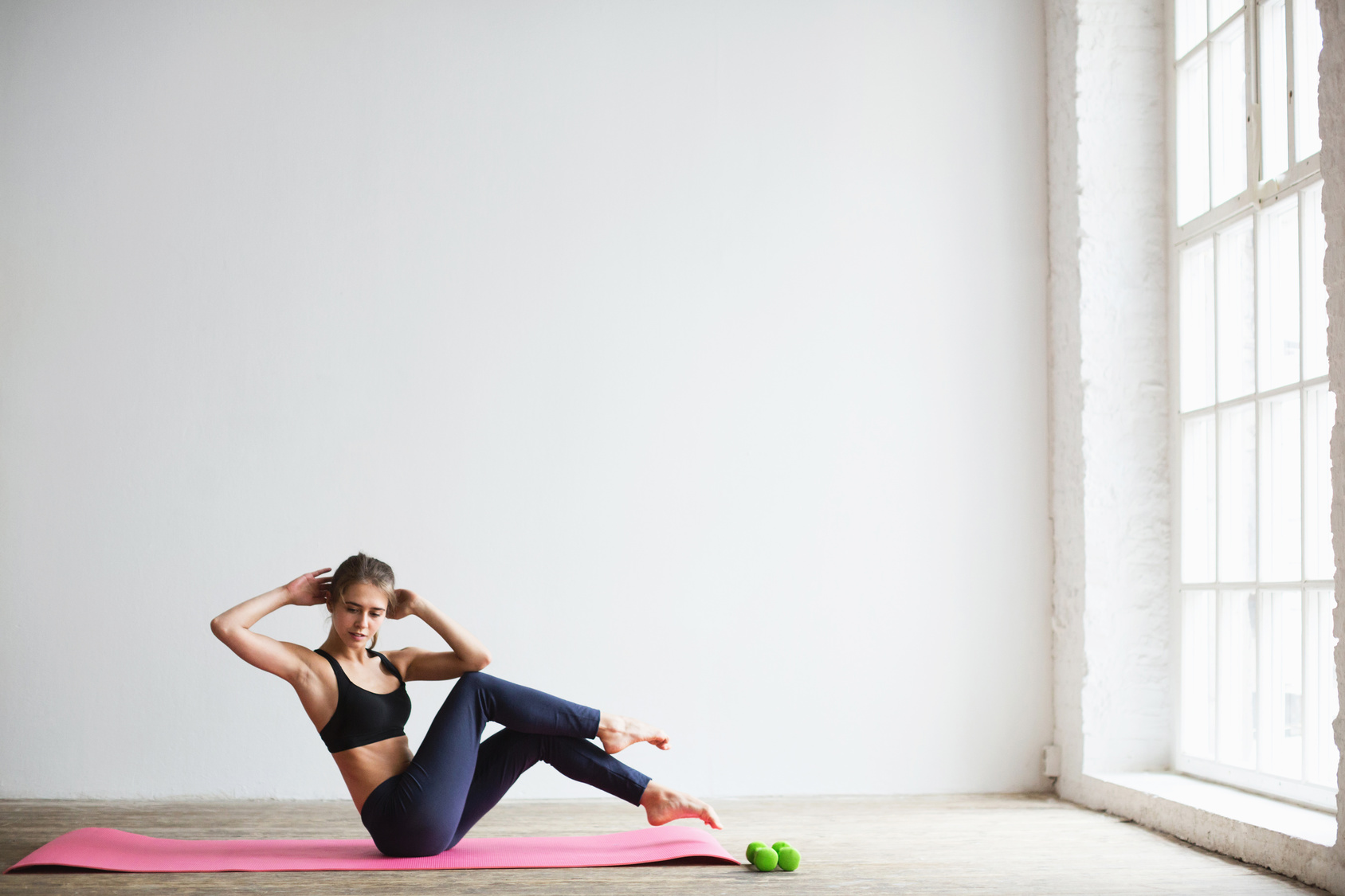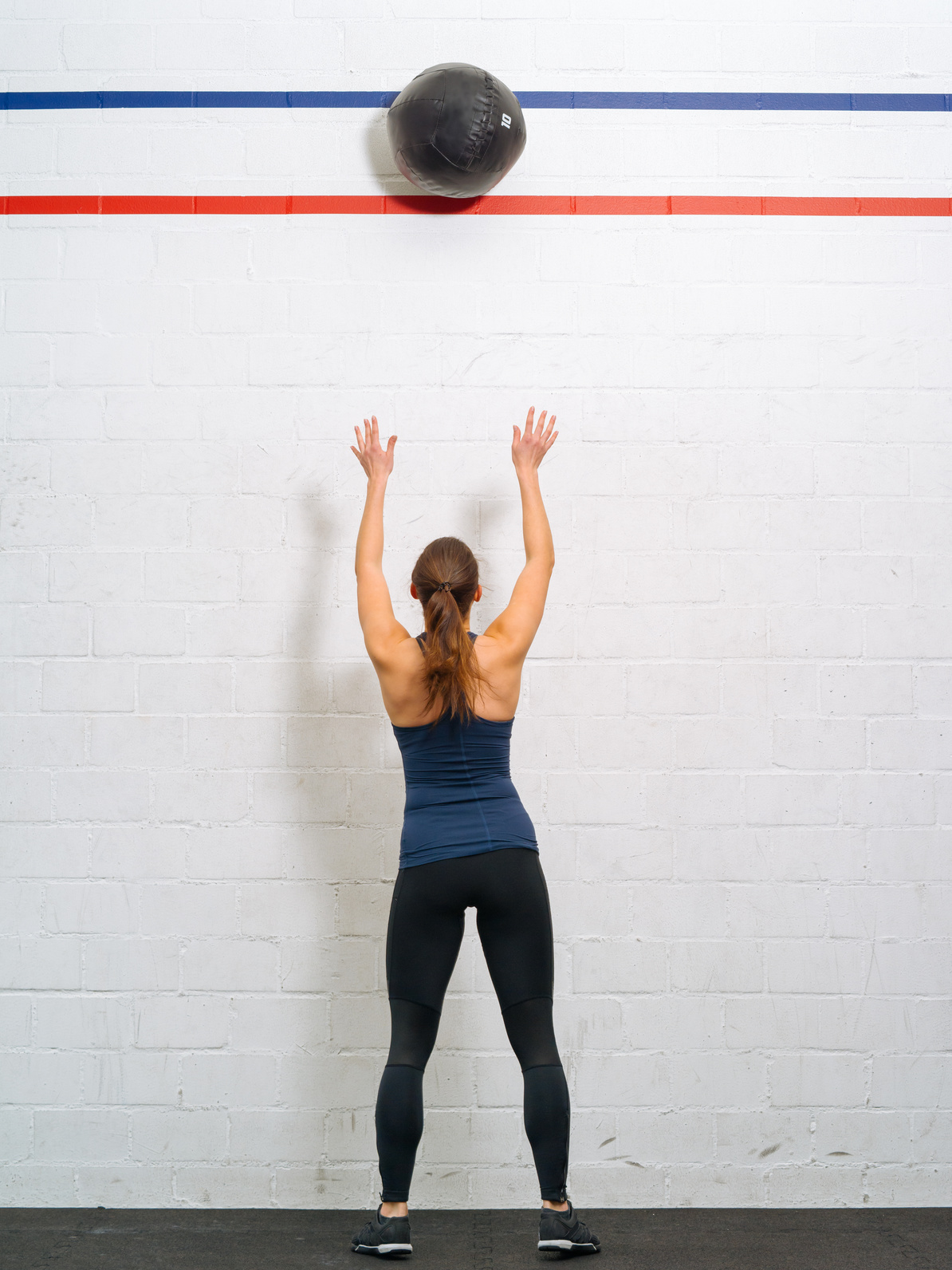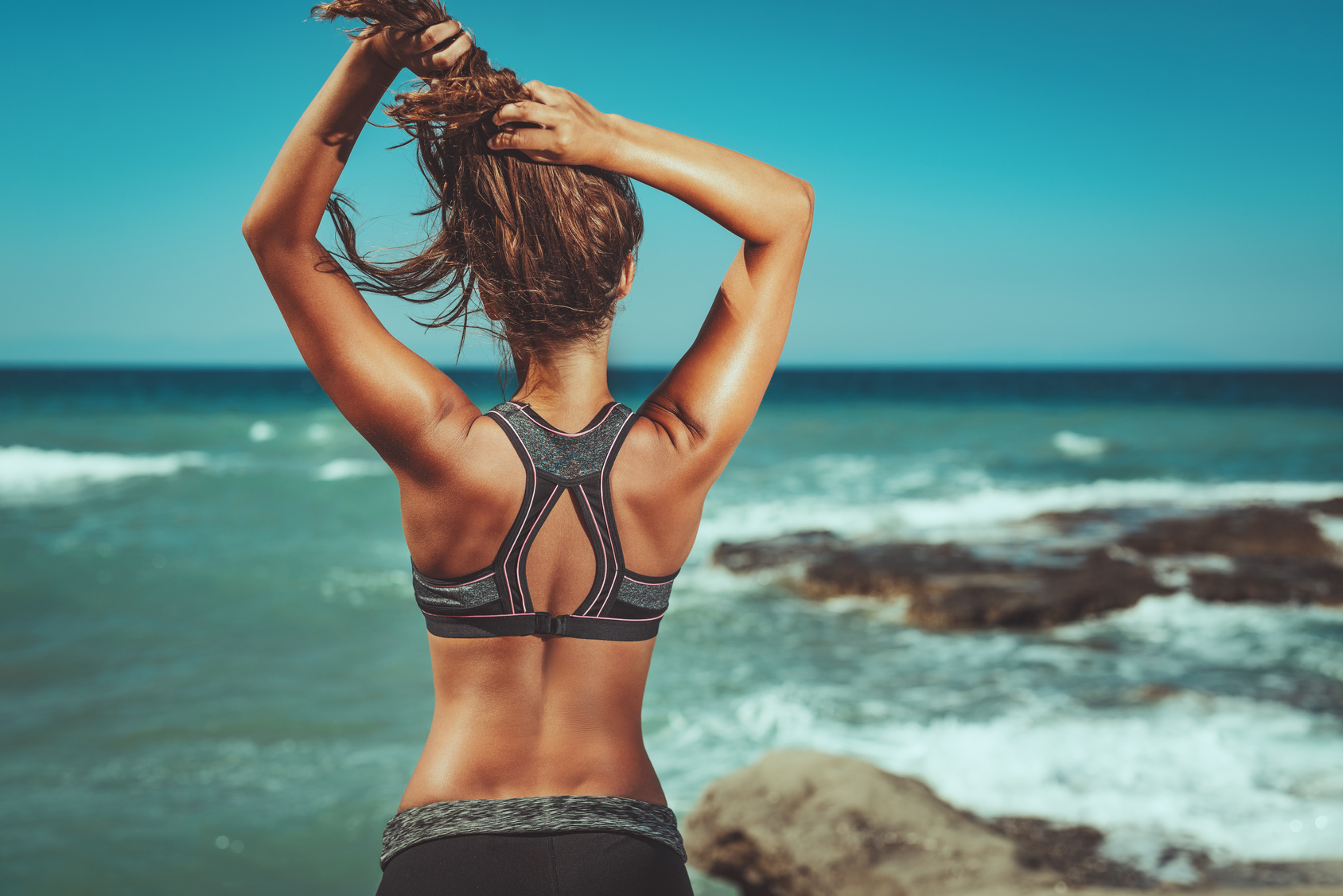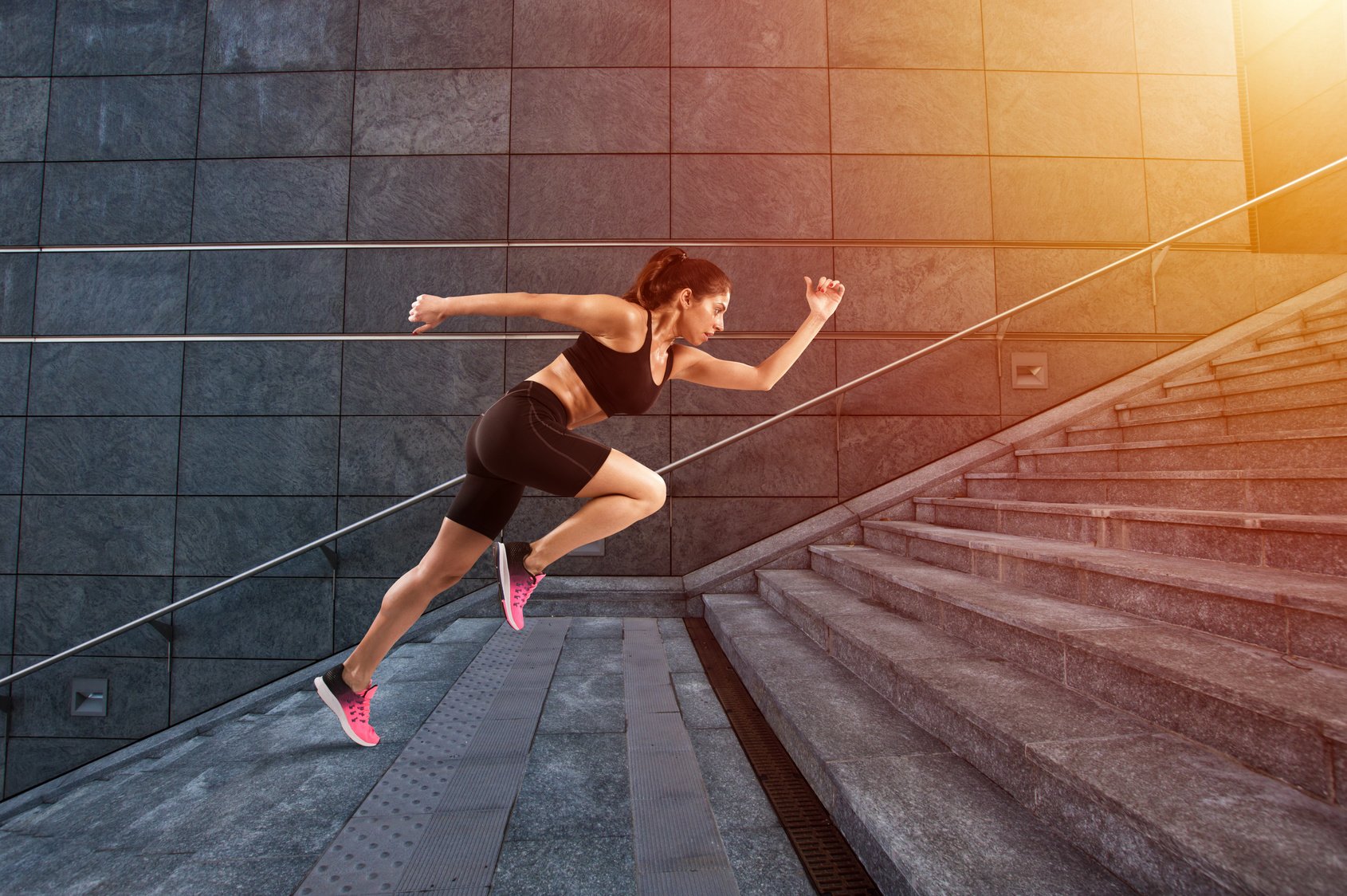If you’re on the hunt for the ultimate hip-strengthening exercises to boost your running game and keep those pesky injuries at bay, you’ve landed in the right spot!
Today, we’re diving headfirst into the world of hip strength training for runners, and trust me, it’s going to be a game-changer.
Here’s the lowdown on what’s coming your way:
- We’ll break down the hip muscles so you know exactly what we’re working with.
- Discover how these hip muscles play a crucial role in your running performance.
- Uncover the fascinating connection between hip muscles and running injuries (yes, we’ve got some science-backed insights for you).
- Get ready for the main event – the top 5 exercises that’ll have your hip strength and mobility skyrocketing.
- Plus, a whole lot more to keep you informed and inspired.
Excited? Well, let’s lace up those running shoes and dive in.
Anatomy of The Hips Muscles
Your hips aren’t just there to look good in yoga pants; they’re true workhorses. Nestled in your upper legs, the hip allows you to strut your stuff, climb stairs, grab that fallen pen, or gracefully park yourself on the couch.
But here’s the real star of the show: the hip joint! It’s a nifty ball-and-socket setup, and it’s key to everyday movements.
Every time you take a stroll, conquer a staircase, reach for your dropped phone, or elegantly plop onto your favorite chair, your hip joint and its trusty muscle squad swing into action.
And guess what? We’ve got more hip intel coming your way, so stay tuned
The most important muscles of the hips include :
The Hip Flexors
The hips flexors play a vital role in the grand scheme of things. They’re like the supporting cast in your body’s blockbuster film, making sure everything runs smoothly.
And consist of five muscles:
- Rectus Femoris
- TFL (Tensor Fasciae Latae)
- Iliacus
- Psoas
- Sartorius
These hip flexors are the MVPs behind knee elevation and keeping your pelvis and legs in perfect harmony during your runs.
Think of them as your body’s own mechanics for knee operations. But here’s the kicker: weak hip flexors could spell trouble, with the dreaded runners’ knee and iliotibial band syndrome lurking in the shadows
Adductors
The adductors are responsible for pulling your legs inward and orchestrating those nifty cross-body moves.
And consist of the following:
- Adductor Brevis
- Adductor Longus
- Adductor Magnus
- Pectineus
- Gracilis
Think of them as your body’s graceful dance troupe, ensuring your legs move seamlessly in any direction you desire.
These performers add finesse to your legwork and contribute to the harmony of your hip movements. Without them, things might get a bit clunky on the dance floor—or, should we say, the running track?
Glutes
The Glutes are the powerhouse behind your backside and so much more!
Meet the Gluteal squad:
- Gluteus Maximus
- Gluteus Medius
- Gluteus Minimus
- Tensor Fasciae Latae
These muscles are your body’s true all-stars, responsible for various functions, from extending your hip and moving your leg out to the side to ensuring your leg’s external rotation.
The Importance of hip Muscles While Running
Let’s dive deeper into the critical role of hip muscles while running.
Efficient and Injury-Free Running:
Whether you’re a casual jogger or a marathon enthusiast, strong and functional hips are your secret weapon. They keep you in the game, preventing those dreaded injuries.
Stabilizing Powerhouses:
These muscles aren’t just for show; they’re the guardians of your running stance. They ensure each leg is rock-solid during every step, maintaining stability in the process.
The Perils of Weak Hips:
Now, imagine weak hip flexors crashing this party. Your performance takes a nosedive, your form goes haywire, and injuries gatecrash your running journey.
Studies linking hip weakness to running injuries
There’s some compelling research highlighting the connection between hip weakness and running injuries.
Study 1: Hip Rotation and Iliotibial Band Syndrome
This study, published in the Journal of Orthopedic & Sports Physical Therapy, unveils a crucial link. It suggests that when hip rotation and inward collapse occur excessively during the gait cycle, the risk of Iliotibial Band Syndrome shoots up.
Study 2: Weak Hip Muscles and Lower Extremity Injuries
In another study featured in the Clinical Journal of Sports Medicine, the evidence becomes even more compelling. It draws a strong association between weak hip muscles, including the abductors, adductors, and flexors, and a range of overuse injuries in the lower extremities.
Study 3: Runners’ Knee and Weak Hip Muscles
The Clinical Journal of Sports Medicine presents evidence that links overuse injuries like Runners’ Knee to weaker hip muscles. Specifically, the hip abductor, adductor, and flexor muscles were weaker in individuals with these injuries compared to a control group. This underscores how critical strong hips are in preventing injuries like Runners’ Knee.
Study 4: Pelvic Instability and Runner’s Knee
Another study published in Medicine & Science in Exercise & Sports delves into pelvic stability and its role in Runner’s Knee among women. It was discovered that women who developed Runner’s Knee exhibited greater pelvic instability in their gait compared to those who remained injury-free. This insight highlights the significance of hip and pelvic stability for injury prevention.
Study 5: Hip Strength Training for Iliotibial Band Syndrome
The study by Frederickson et al. focused on 24 distance runners dealing with Iliotibial Band Syndrome, a common issue among runners. They examined the hip abductor strength in the injured limb compared to the healthy leg and a control group.
Notably, they found a 2 percent strength deficit in the Gluteus medius of the injured limb. However, after undergoing a six-week strength training program, 22 out of 24 injured runners were able to return to training with minimal or no symptoms. It underscores the potential of targeted hip strength training in rehabilitating running injuries.
The Evidence is Overwhelming!
It’s clear that hip strengthening exercises should be a priority for every runner to prevent injuries and enhance performance. Ignoring hip strength can lead to a host of problems that no runner wants to deal with.
The great news is that there’s a wide array of effective hip-strengthening exercises available. These exercises are a proactive approach to injury prevention and overall improved running performance.
By dedicating time to strengthening your hip muscles, you’re investing in your long-term running success.
Remember, once your hip strength is improved, you’re not only less likely to experience pain and injuries, but you’ll also find your running form and efficiency improving.
5 Hip Strengthening Exercises For Runners
Consistency is key when it comes to strengthening your hip muscles. Starting with one set of 8 reps and gradually progressing to three to four sets of 12 to 15 reps is an excellent approach.
It allows your body to adapt and grow stronger over time, reducing the risk of injury and improving your running performance.
Remember, patience and persistence pay off when it comes to fitness and strength training. Keep up the good work, and you’ll undoubtedly notice significant improvements in your hip strength and overall running abilities in just a few weeks
Hip Strengthening Exercise – 1. Single-Leg Bridge
Targeted Muscles: Glutes, Lower back, Calves, Quads, and Hamstrings.
Proper Form
Lie on your back with both knees bent and feet flat on the floor, arms pressed against the floor by your sides.
Then, lift your hips, engage your thighs, and squeeze your glutes.
Next, raise your right leg in the air as straight as possible, keeping the foot flexed, and extend it while raising your lower back and butt.
Lift your hip as high as possible by engaging your abs and pressing down through the left heel.
Hold the position for 5 to 10 seconds; lower your hips to lightly touch the ground, then switch legs.
Number of sets: Three to four sets
Number of Repetitions: 8 to 12 reps.
Hip Strengthening Exercise 2. Donkey Kicks
Targeted muscles: All three butt muscles — gluteus maximus, gluteus medius, and gluteus minimus, plus the lower back
Proper Form
Get on all fours, with your hands directly under your shoulders and knees under the hips, wrists aligned under your shoulders.
Next, draw your abdominals in you gradually lift your leg behind you until it’s almost parallel to the floor, with knee bent and foot flexed.
Hold the position and pulsate your flexed foot toward the ceiling by engaging and squeezing your glutes.
Keep the motion small and controlled with the muscle doing most of the work.
Focus on the muscle, and avoid using momentum.
And make sure to keep your back straight and spine in a neutral position.
Last up, return to the starting position to complete one rep.
Number of sets: Two to three sets
Number of Repetitions: 12 to 15 reps
Hip Strengthening Exercise 3. Side-Lying Hip Abduction
Targeted muscles: Gluteus Maximus, Gluteus Medius, Gluteus Minimus and Tensor Fascia Lata.
Proper Form
Lie down on your side on the floor or the mat.
Make sure your hips and feet are stacked in a neutral position—Meaning the right hip is directly over the left hip (or the other way around).
And keep your body in a straight line from ankles to head.
Next, place your lower hand on the floor in front for support, and your upper hand resting upon your upper hip.
Keep your pelvis in a neutral position.
Engage your core muscles to support the spine.
Then, exhale and extend and raise your top leg off the lower while keeping the knee straight and your foot in a neutral position.
No hip rolling—forward or back—is allowed.
Raise the top leg as high as possible.
Inhale and slowly return the leg to the starting position in a slow and controlled manner.
After finishing the set, roll over and repeat on the other side.
Number of sets: Two to three sets
Number of Repetitions: 8 to 10 reps
Hip Strengthening Exercise 4. Bird Dog Hip Strengthening Exercise
Targeted Muscles: Glutes, Lower Back Muscles, and Rectus Abdominis Muscle.
Proper Form
Get down on all fours on your hands and knees with palms flat on the floor and shoulder-width apart, with knees directly under the hips and hands beneath the shoulders.
Make sure to keep your lower back and abdomen in a neutral position.
Next, engage your core to keep a good balance; raise your left arm and extend it straight out in front of your body as you raise your right leg and straighten it behind you.
Hold the position for 3 to 5 seconds, return to the starting position, and repeat.
Number of sets: Two to three sets.
Number of reps: 6 to 8 reps.
Hip Strengthening Exercise 5. Single-Leg Deadlift
Muscle engaged: Glutes, Hamstrings, Spinal Erectors, and Abs
Proper Form
Stand on your left leg with your right leg behind you and in the air.
Then, while keeping your shoulders back and back straight throughout the movement, hinge forward at the waist and raise the right leg behind you, then reach your hands toward the ground.
Last up, come back to the starting position by engaging your glutes and hamstring of the left leg.
For more challenges, use weight or a medicine ball for added resistance.
Number of sets: Three to four sets
Number of reps: 10 to 12.
Here are more strength exercises for runners.
Bonus Hip Strength Exercises For Runners
Seated hip Flexion
This simple move activates the hip flexor past a 90-degree angle to condition the muscles throughout their range of motion.
Additional resource – Running Vs. Strength training
Proper Form
Begin by sitting on a chair with good posture.
Make sure your feet are flat on the floor, core engaged, and back flat.
Next, while bending your right knee to about a 90-degree angle, raise it toward your chest without letting your thigh roll in or out or leaning back, pause, then slowly lower it to start position.
Perform three sets of 10 to 12 reps on each side.
Add weights for more challenges.
Lunges
Another fantastic move for strengthening the hip muscles as well as the lower body.
To make the most out of lunges, make sure to include different variations of this standard lunge, including static, backward, and plyo versions.
Proper Form
Begin in standing position, feet just slightly apart, looking straight ahead with back flat and core engaged.
Next, place your hands on your hips, then take a giant step forward with your right foot.
Make sure your hips are hanging straight on either side of your body.
Then, once you ensure heel contact with the floor, bend the right knee over the ankle while bending the left toward the ground.
Last up, press back into the starting position, pushing off the ground with your leading foot.
Changes sides to complete one rep.
Skater Squats
This is one of my favorite squat variations, focusing specifically on the hips instead of every muscle in the lower body.
Proper Form
Begin by performing a mini-squat, bending from the hips and knee and lowering your butt toward the floor while keeping your chest lifted and back flat, then transition your weight to the right side and lift the left leg slightly off the floor, toes pointed ahead.
This is your starting position.
Next, slowly squat by pushing your hips and butt backward.
Keep squatting until your right knee is bent to a 90-degree angle, if possible.
Perform 10 to 12 reps on each side to complete one set.
Shoot for three sets.
Clamshell
You’ll often find this move on most lower body rehabilitation programs, the reason being it works.
Not only does it strengthen your hips and glutes, but it also stabilizes your pelvis muscles and helps soothe tightness in the lower back, which is key for injury-free training.
Proper form
Begin by laying on the mat on your side, hips stable, heels together, and legs stacked up on top of each other.
Your shoulders, hips, and heels should form a straight line.
If it’s uncomfortable to lay in this position, lie with your back against a couch.
Next, open your top knee so that it points at the ceiling.
Keep your feet stacked together and allow for no rolling backward throughout the movement.
Raise the top knee as far as possible without rotating your hip or lifting your bottom knee off the floor, then pause for a moment.
To complete one rep, close the leg.
Perform 16 to 20 on each side to finish one set.
Shoot for three sets.
For more resistance, wrap a resistance band around your lower thighs.
Standing hip flexion
Another excellent move for isolating the hip flexors while improving muscle control and balance.
The movement is easy to perform but provides the lower body a good workout.
Proper Form
Begin by assuming an athletic position, back straight, core engaged, and feet hip-width distance apart.
Next, while keeping your left foot planted in the ground, raise your right leg off the ground so that you form a 90-degree angle at the hip.
Then, hold for a count of five to ten, then slowly lower the leg.
Switch sides to complete one rep.
Perform five reps to complete one set.
For more challenges, use weight or slowly flex your hip forward.
Additional resource – Clamshells for runners
Hip Strengthening Exercises For Runners – The Conclusion
There you have it!
The above hip strengthening exercises should make a huge part of your resistance training if you’re serious about improving performance and preventing injury.
Whatever you do, make sure to stay within your fitness level the entire time. Doing regular exercises to strengthen your hips is a good thing, but overdoing it is not the way to go.
Please feel free to leave your comments and questions in the section below.
In the meantime, thank you for reading my post.
Keep Running Strong
David D.






